
By: AndyC
Added: 19 November 2024
While exercise is crucial, recent findings from the Journal of the American College of Cardiology [1] reveal that meeting weekly exercise guidelines might not fully counteract the risks posed by excessive sedentary behaviour. This research underscores the importance of reducing sitting time for better heart health.
The Impact of Sedentary Behaviour
The study, which tracked nearly 90,000 participants over eight years, revealed startling statistics: those who sat for over 10 hours daily were at a 40% to 60% higher risk of heart failure and cardiovascular-related death compared to those who sat less.
Excessive sitting was also linked to:
- Atrial fibrillation (irregular heart rhythm)
- Heart failure
- Myocardial infarction (heart attack)
- Increased cardiovascular mortality
Even among participants who met physical activity guidelines, prolonged sitting significantly raised the risk of heart failure and death.
Why Sitting Affects Your Heart
When we sit for extended periods, metabolic and cardiovascular processes slow down. Blood circulation decreases, and enzymes involved in breaking down fats are suppressed. Over time, this can lead to:
- Decreased insulin sensitivity, increasing the risk of Type 2 diabetes.
- Weakened heart muscles, as the heart isn’t challenged to pump as efficiently.
- Increased fat deposition, particularly around the abdomen, which is a risk factor for cardiovascular disease.
The Importance of Moving More
While meeting aerobic activity guidelines [2] (150–300 minutes of moderate activity or 75–150 minutes of vigorous activity weekly) is essential, incorporating movement throughout the day is equally important. Breaking up sedentary time with light activities, even for a few minutes, can have a profound impact on your health.
Ways to Stay Active Throughout the Day
- Take Micro-Breaks: Stand up and stretch every 30 minutes.
- Incorporate Active Transportation: Walk or cycle for short trips instead of driving.
- Active Meetings: Take calls or attend virtual meetings while walking.
- Use a Standing Desk: Alternate between sitting and standing while working.
- Walk After Meals: A short walk post-meal aids digestion and boosts circulation.
- Set Movement Alarms: Use a fitness tracker or phone reminders to prompt movement.
- Household Chores: Activities like gardening or vacuuming count as light exercise.
- Lunchtime Workouts: Incorporate a 10–15-minute resistance or cardio session.
Start Building an Active Lifestyle
Exercise and resistance training are integral to reversing the effects of prolonged sitting. Strengthening muscles and improving cardiovascular health can mitigate the risks associated with a sedentary lifestyle.
I create sustainable fitness routines that fit into your lifestyles, whether it’s personalised plans in my private gym or practical guidance for home workouts, I can help you take small, manageable steps toward a healthier lifestyle.
Ready to prioritise your health? Contact me for more tips and support.
[1] https://www.sciencedirect.com/science/article/abs/pii/S0735109724099200?via%3Dihub
More Personal Training News

The power of consistency to build a fitness routine that sticks
We all know how tough it is to stick to a fitness plan. Life gets busy, motivation fluctuates, and sometimes exercise slips down our priority list..

Can eating your way to healthy aging make a BIG DIFFERENCE
When it comes to healthy aging, many people often focus solely on exercise. While staying active is crucial, recent research highlights just how powerful our diet is in determining our health as we age..

Is Fluoride in the water a helpful fix or just covering the cracks
There’s talk again about adding fluoride to drinking water (this time in Plymouth) as a way to tackle rising levels of tooth decay, especially in children..

Simple Mobility Exercises to Relieve Stiff Joints
If you're spending all day at a desk, you've probably had to put up with creaking joints, cramped muscles, and occasional aches. The bright side?.

How Strength Training helps to Relieve Pain in Knees
Knee pain is infuriating. It can creep up on you over a period of time or hit you after many years of keeping active..

How to manage stress while maintaining good health
Life in a high-pressure job can be demanding, and stress often feels like an unavoidable companion..
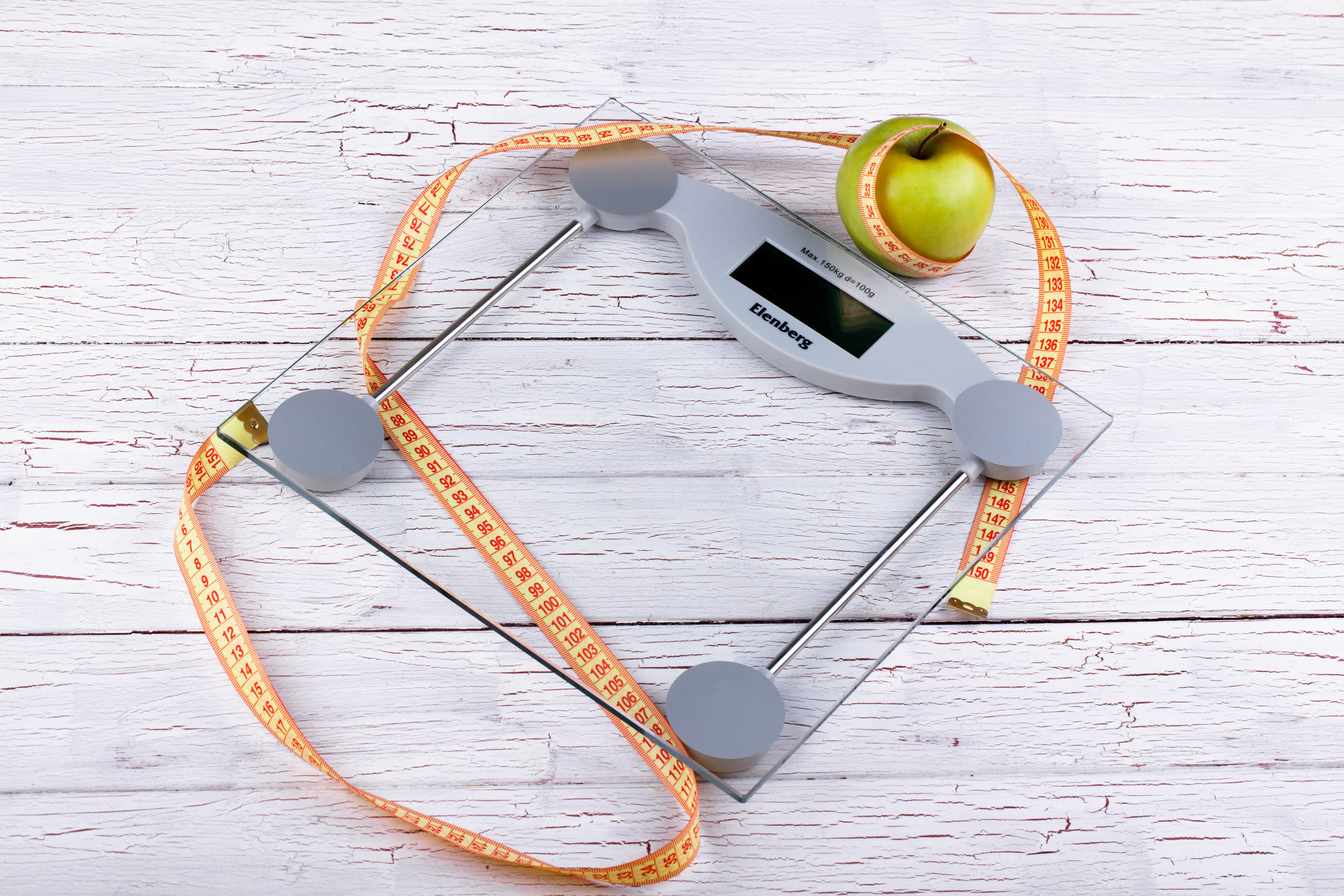
Is GLP1 a New Tool in the Fight Against Obesity
The UK government recently announced [1] a major trial investigating weight-loss drugs like GLP-1 agonists (e.g., tirzepatide) as part of the ongoing strategy to tackle rising obesity..

Why New Year's Resolutions often fail and how to Succeed
Did you know that a huge number of people (nearly 80%) give up on their New Year's resolutions by February?.

Gut Health The Game Changer for 2025
Gut health is fast becoming the wellness buzzword, and for good reason..

Understanding and Implementing Contrast Strength Training
Strength training has evolved into a science, and one method standing out in both athletic performance and general fitness is contrast strength training..
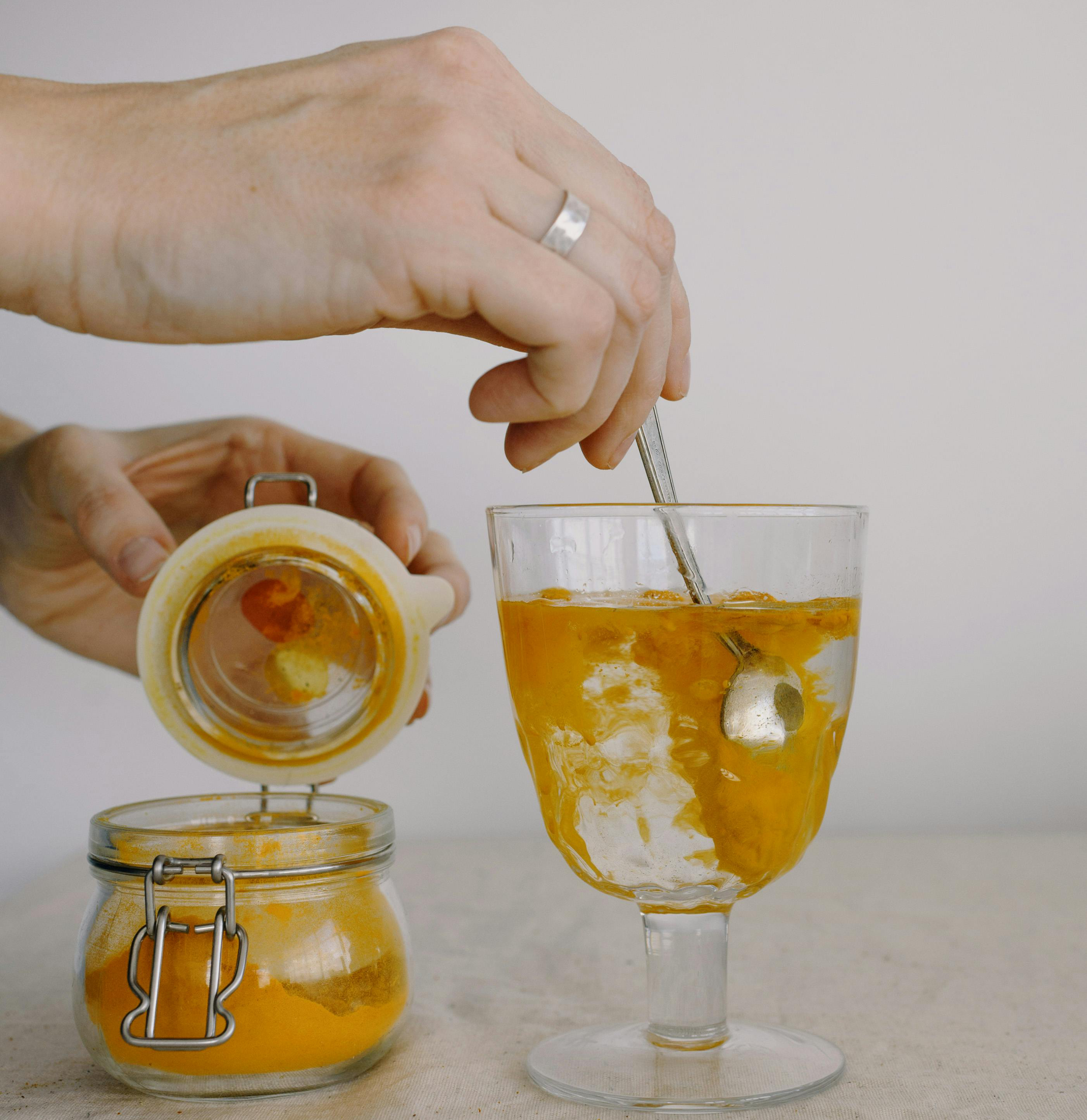
Turmeric: The Golden Spice of Health and Fitness
Turmeric, a vibrant yellow spice native to Southeast Asia, has gained global recognition not only for its culinary appeal but also for its impressive health and fitness benefits..
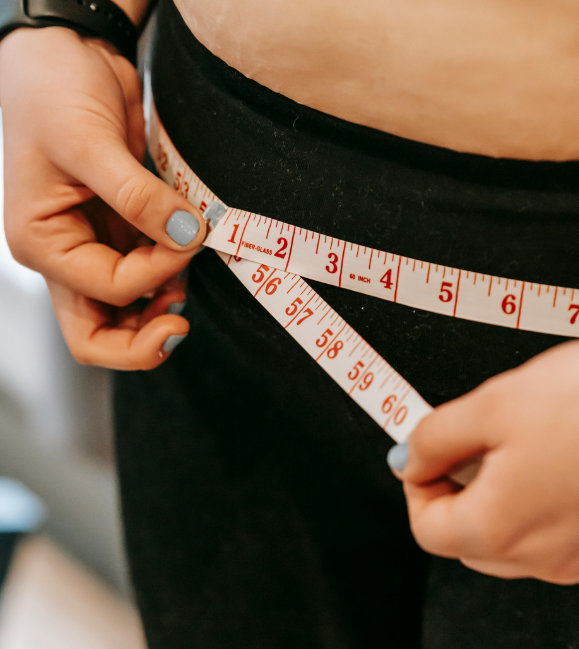
Why High Calorie Restriction Diets Don't Really Work
When people want to lose weight fast, the first instinct is often to drastically cut calories, believing that eating less will lead to quick fat loss..

Strength Training Builds a Foundation for Lifelong Health
As we age, maintaining our physical health becomes increasingly important, yet many people still believe that getting stronger is something reserved for younger years..
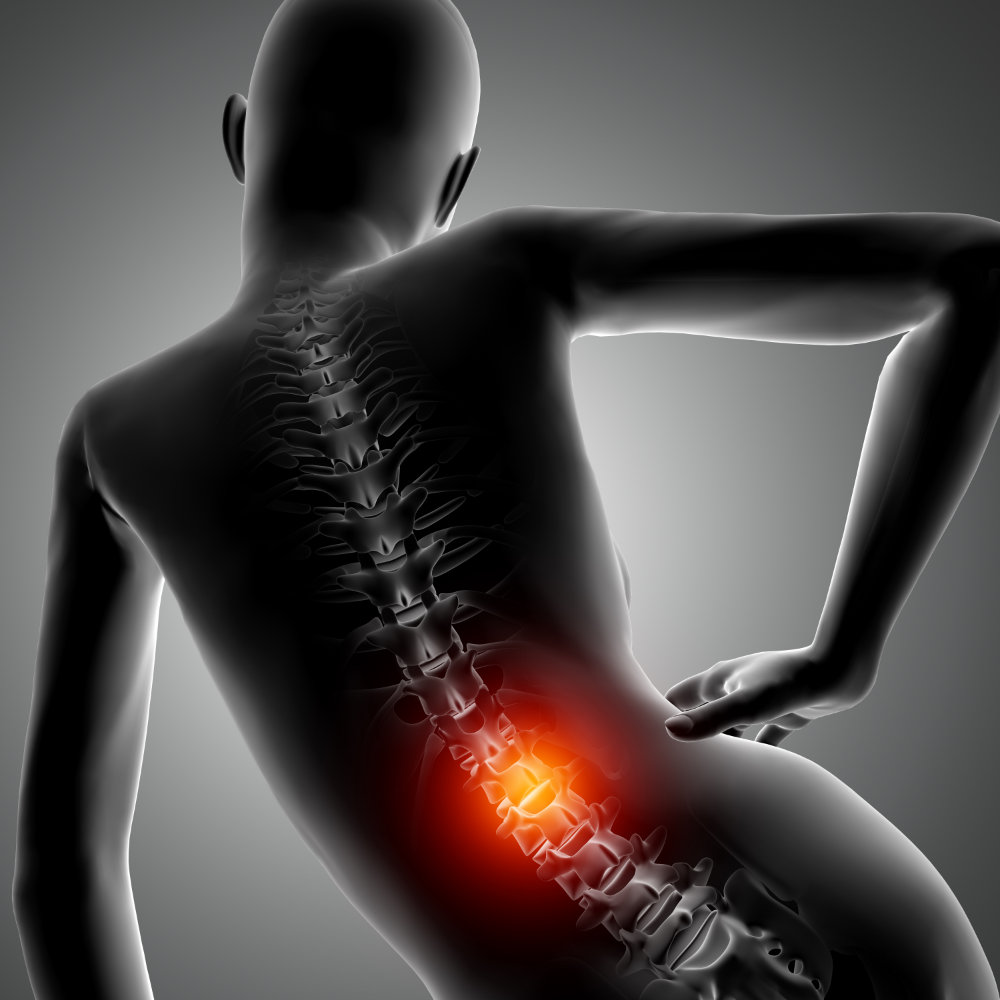
Top 10 benefits of Resistance Training has for treating the symptoms of lower back pain
Resistance training offers lots of benefits for treating the symptoms of lower back pain, making it an essential part of a pain reductions programme..

The Power of Protein: Why your body needs it
What exactly makes protein so essential, and how can you ensure you're getting the healthiest sources?.
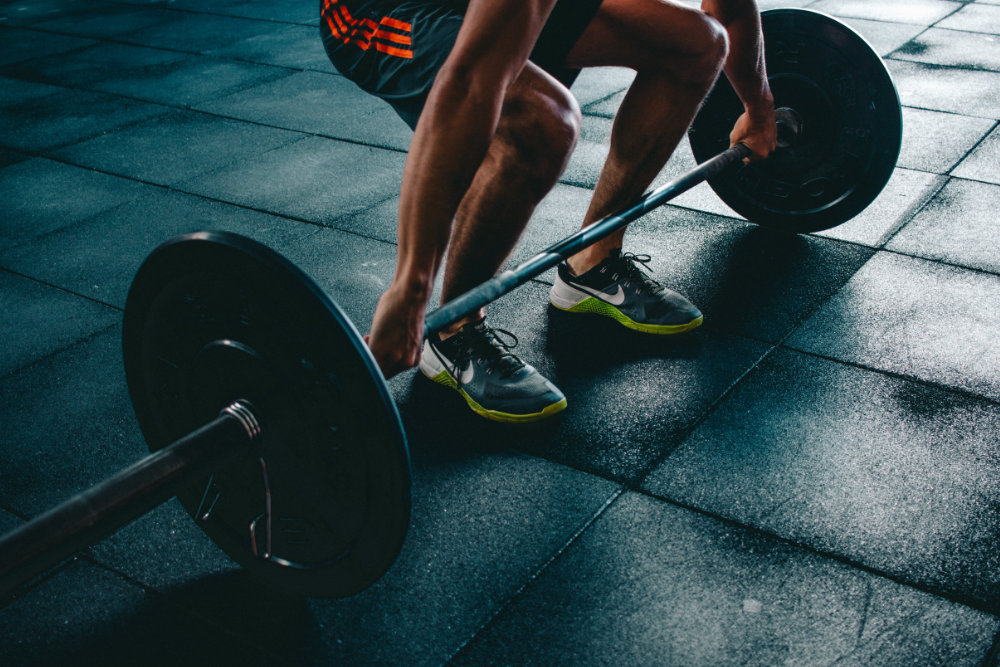
Is a periodised training programme only beneficial for athletes
When it comes to achieving optimal fitness and performance, the concept of periodised training has long been a cornerstone in the world of athletics..

Can Exercise Reverse Type 2 Diabetes
Different forms of exercise, from aerobic activities to resistance training and HIIT, offer unique benefits in improving insulin sensitivity and overall health..

Is Exercise a Natural Antidote to Depression
Incorporating physical activity into your routine can contribute to a brighter, more resilient mental state..
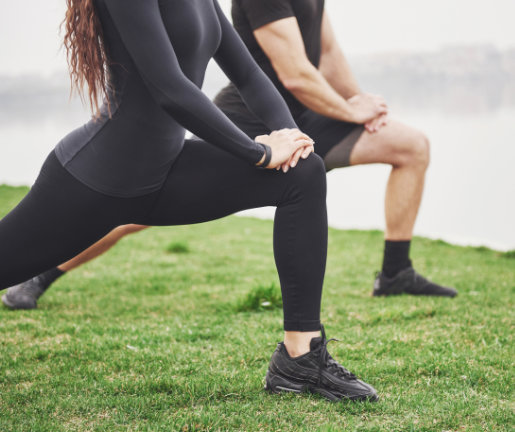
Does Static Stretching Before Exercise Decrease Performance
Numerous scientific studies have shown that static stretching before exercise can actually have a negative impact on performance..
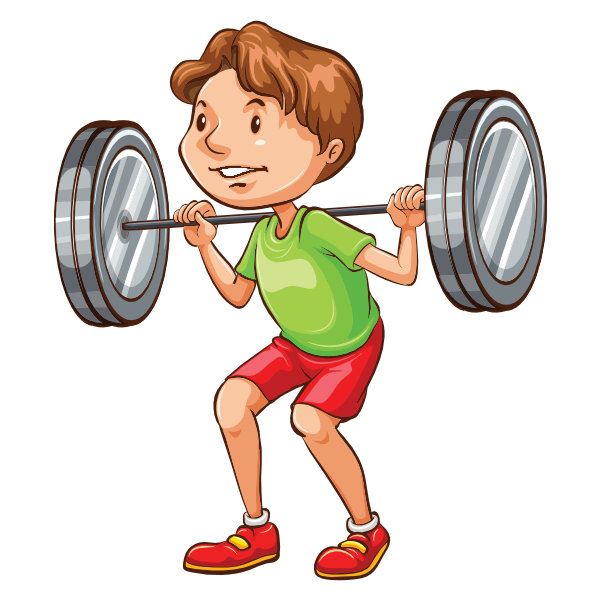
The Benefits of Resistance Training for Children
Resistance and weight training have long been associated with building muscle and improving strength in adults. However, there is a growing body of evidence suggesting that these forms of exercise can also be highly beneficial for children and adolescents..

Is Strength Training good for managing the Menopause
Menopause is a significant phase in a woman's life, marked by hormonal changes that can bring various physical and emotional challenges..
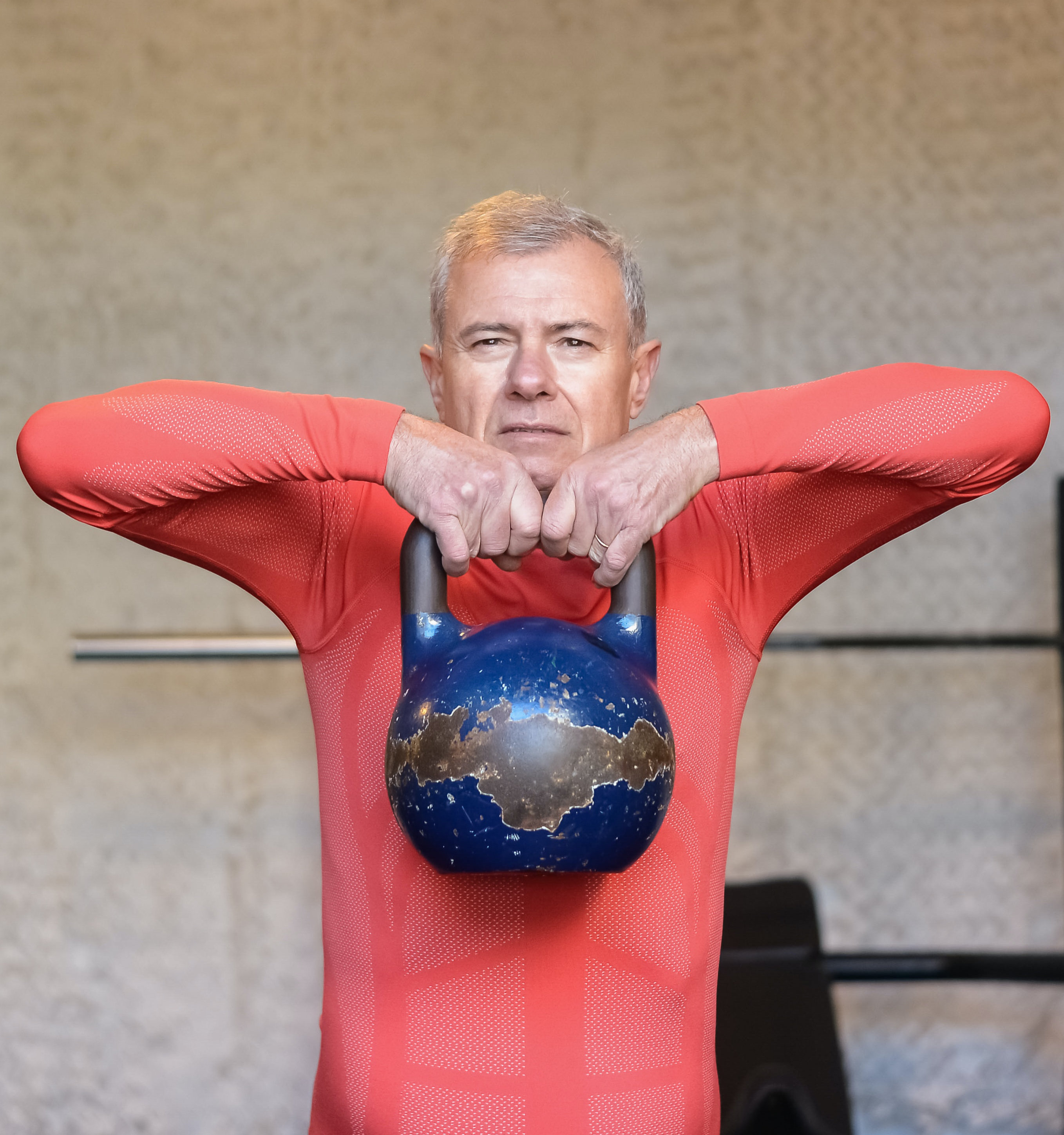
Is the Kettlebell the Ultimate Workout Tool
In the realm of fitness, the search for the ultimate workout tool is endless. When it comes to efficiency, versatility, and effectiveness, I think it could be the kettlebell..
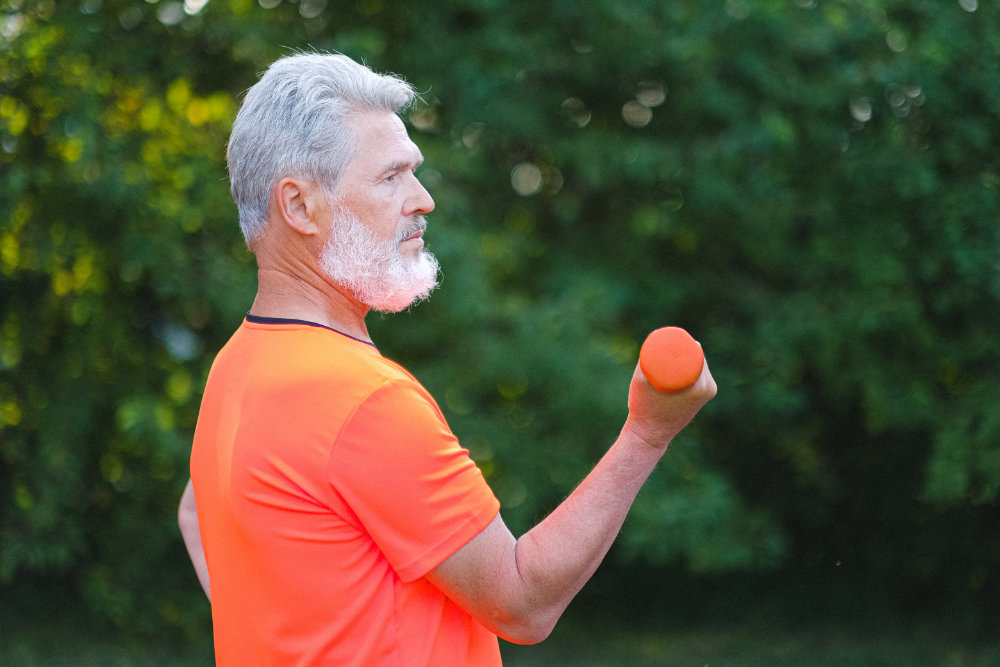
Use it or lose it as the old saying goes
As the years go by, it is commonly believed that our bodies inevitably lose muscle mass, bone density decreases, and overall strength declines. However, scientific evidence suggests otherwise..

Don't be a cave man....be active this autumn
The nights getting darker and temperature dropping signal a time for cozy evenings and warm comfort foods. With this change in season also comes a tendency to slow down, exercise less, and indulge in calorie-rich treats..

Hypertension and High Intensity Interval Training
If you’re currently suffering from hypertension or pre-hypertension then perhaps carrying out some form of High Intensity Interval Training (HIIT) might be able to help reduce it..